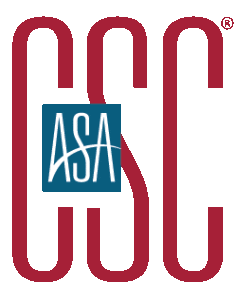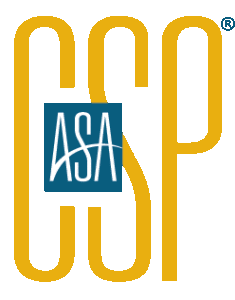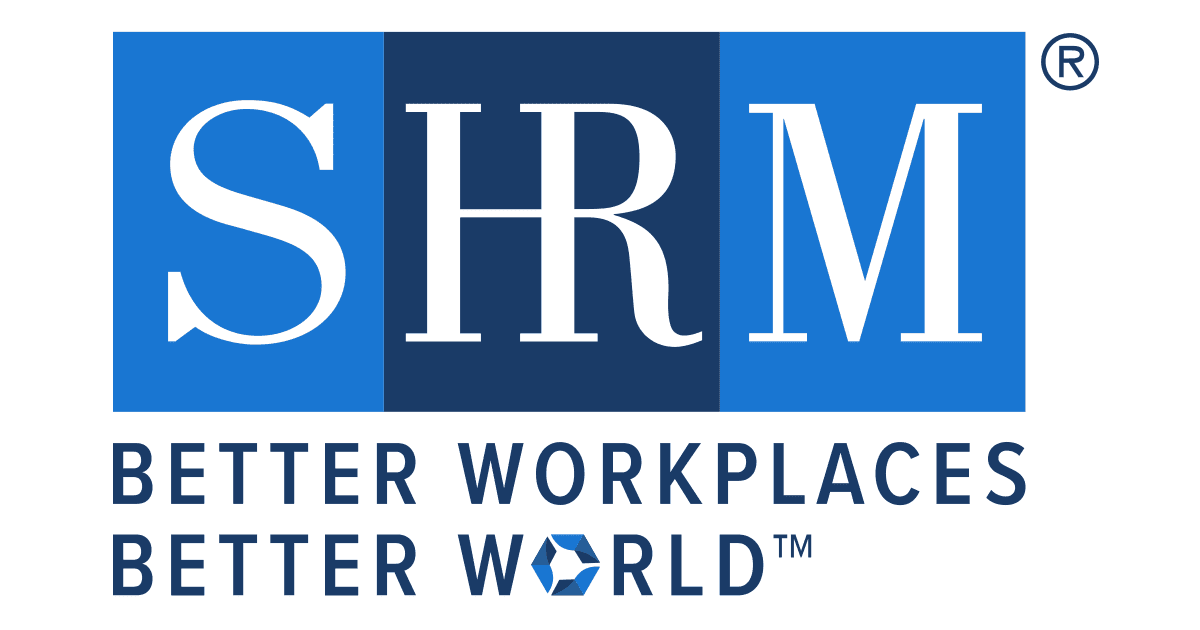Are you looking for work as a receptionist or secretary but aren’t exactly sure of what the job description entails? Or, maybe you aren’t sure what type of role you want and are still exploring the options. Either way, we hope this guide discussing entry-level secretary and receptionist jobs help you with your interview preparation and offers you more direction. Once you’re ready to apply to positions, check out our job board for secretary and receptionist jobs in the Washington, D.C., metropolitan area.

Are secretaries and receptionists the same?
Secretaries and receptionists often need clarification and are usually the first point of contact for visitors, clients, and employees. While secretaries and receptionists frequently employ the same skillset, these roles are still unique. Perhaps the secretary’s job description calls to you more than work as a receptionist. It’s not unlikely that you are better suited for one role over the other, so pay close attention to the responsibilities of each position.
What do secretaries do?
Secretaries provide administrative and clerical support within an organization. They can be dedicated to an individual manager, a department or team, or the organization as a whole. Secretaries ensure company operations run smoothly, offering support across diverse positions. An entry-level secretarial position may suit you if you enjoy working with different departments. A secretarial job description may include:
- Responding to messages and phone calls
- Keeping track of documents and files
- Communicating with stakeholders, both internal and external
- Helping out with events and projects
- Setting up appointments and meetings
- Drafting and revising reports, presentations, and other copy
- Planning travel and related expenses
What do receptionists do?
A receptionist position is much more client-oriented. Receptionists are the first point of contact for assist visitors, clients, and customers. Often, that means they will have a desk set up in a lobby or entrance of the office or building they work in. Contrary to the secretarial job description, the responsibilities of a receptionist include:
- Checking visitors in and out
- Giving instructions, directions, and information
- Responding to and transferring phone calls
- Receiving and forwarding messages
- Addressing questions and concerns
- Handling mail and parcel deliveries
- Maintaining a neat and inviting front desk and reception area
- Making reservations and booking meetings and conference venues
Critical differences between secretaries and receptionists
Secretaries focus more internally, supporting employees or the organization. On the other hand, receptionists are more client-facing, assisting guests and customers more than their other team members. Having the role of a secretary, makes you more likely to be in a private office or a shared workspace with other administrative staff. Due to the nature of the work as a receptionist, your workspace most likely be in a public area at the entrance of your office or building.
Sometimes, secretaries may need specialized experience in the industry they’ll be working in, whereas receptionists rarely need industry knowledge before entry. The company will likely be prepared to provide industry training for entry-level secretarial positions. That being said, if you have experience in a particular field, it’s helpful to review secretarial job descriptions for the secretary’s office that relate to your experience.
Overlapping skills
Both of these roles require skills that overlap. If you’re looking for an entry-level position related to interpersonal and communication skills, applying for receptionist and secretarial job openings makes sense. The skills required for both roles include:
- Excellent communication both written and verbal
- Solid interpersonal skills
- Strong customer service skills
- Ability to organize
- Technical skills
- Ability to multitask and prioritize
Receptionist skills
Working as a receptionist requires some very specific skills. To obtain work as a receptionist, you will need to demonstrate the ability to:
- Manage difficult situations and people
- Operate in a fast-paced, high-pressure work environment
- Follow protocols and procedures
Secretary skills
Meanwhile, the secretarial job description involves more of the following duties:
- Prepare documents and reports
- Conduct research
- Perform problem-solving tasks
- Work with a variety of software programs
- Manage projects and events
- Carry out data entry and analysis tasks
Open the door to a variety of possibilities
This guide provides a general overview on the difference between receptionists and secretaries, though every job will look slightly different. However, they all offer a great starting point for any career, as the skills you acquire in these roles broadly apply to various positions. Plus, working as a secretary or receptionist can help you earn industry experience based on the company you work for. Having experience as a receptionist or secretarial job looks good on any resume.
To succeed as a receptionist or secretary, remember you are an integral part of any operation. Your job is to ensure operations run smoothly, whether by steering clients in the right direction or organizing the company’s files. Receptionists and secretaries serve as the backbone of every successful organization. If you want an entry-level role that is fundamental to any thriving business, apply for receptionist and secretarial positions.
Plus, due to the dynamic nature of the receptionist and secretarial job descriptions, you’ll be able to network with other employees throughout every department. If you are just starting your career and are unsure of your long-term goals, entry-level secretarial and receptionist positions are an intelligent way to learn about your options.
A staffing agency can help job seekers like you find work in both the receptionist and secretarial fields. Whitman Associates has been delivering expert guidance, insight and career placement services to Washington, D.C., metropolitan area for over fifty years. If you’re interested in permanent or temporary positions in the DMV that are aligned with receptionist or secretarial job descriptions, we encourage you to email your resume to resumes@whitmanjobs.com.





























